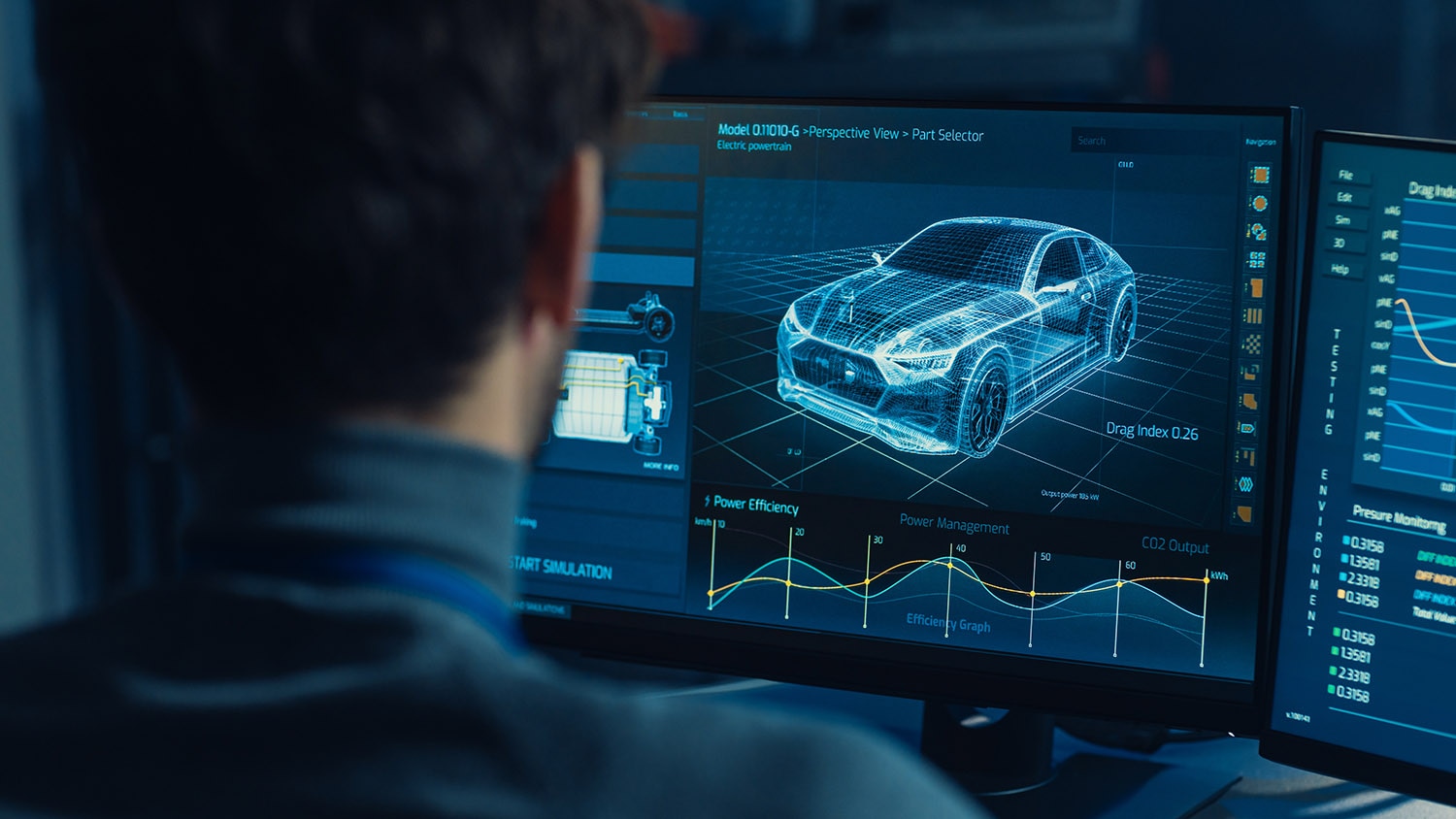Why Mid-Cycle Car Updates Matter
Refreshing a model line helps automakers provide new features — and recoup their investment.
 Shutterstock
Shutterstock
Article QuickTakes:
Carmakers no longer implement a pattern of annual redesigns for their entire lineup, as they did in the middle decades of the 20th century. This was part of a course of "planned obsolescence," catalyzing shoppers to replace their existing — and often fully functional — products with something newer, bigger, or flashier. Most automotive companies now design a model to last several years before updating it, but sometimes between major redesigns, carmakers also provide vehicles with a collection of smaller updates commonly referred to as a "mid-cycle refresh."
The core purpose of this "refresh" is to give a automaker the greatest opportunity to create a positive return on the significant investment — in money and time — involved in creating a new vehicle.
"It takes a good five to seven years to engineer and design and actually produce a new vehicle," says Alexander Edwards, president of Strategic Vision, an automotive research and consulting firm. "So, if you're sitting with a model that is in the middle of its life, sometimes you have some feedback from consumers, or other internal thoughts, that will help change the vehicle so it'll be more interesting and create greater consideration when it's no longer a hot-off-the-press brand-new model."
Some automakers even give such updates a catchy (or vaguely spiritual) name to increase their appeal. BMW, for example, calls it a "Life Cycle Impulse," or LCI.
Most Changes Are Just Skin Deep
Mid-cycle refreshes tend to be mainly cosmetic. This is, in part, to create distinction from the vehicle's predecessor. However, designers are limited in what they can do. They don't want to create an entirely novel model, as this practice would trigger a new round of official testing for governmental strictures around crashworthiness, tailpipe emissions, and efficiency.
"There's almost no chance to make significant changes to the exteriors," Edwards says. "And the reason for that is once you change the exterior, the regulatory process has to be gone through again."
In our current age — where smartphones and other gadgets receive frequent updates and often annual makeovers — automotive interiors, particularly infotainment systems, have become a key locus for mid-cycle refreshment. Although change during the mid-cycle refresh previously focused more on the exterior's appearance, connectivity updates such as larger, brighter, or more advanced screens inside also drive today's revisions.
For example, when Chrysler revamped its Pacifica minivan for the 2021 model year, the automaker gave it new bumpers and wheel designs, plus a larger touchscreen. Not only was the new 10.1-inch screen bigger, its backbone made use of Google's Android operating system. The interface also included over-the-air updates, wireless smartphone projection, and Amazon Alexa compatibility. For highly tech-driven shoppers, the new features may have presented a tempting incentive to upgrade to the latest model.
Wi-Fi Plays a Larger Role
This growing technological focus is reflected in the way some newer vehicles are equipped with their own internal internet connection. This allows manufacturers to push out changes to the system via Wi-Fi, similar to the way phones or tablets can be automatically upgraded to the latest operating system.
Intriguingly, the industry's current shift to electric vehicles (and the tech-heavy platforms that underpin them) may mean these kinds of updates will soon extend beyond infotainment and UX systems, going deeper into vehicles' actual drive componentry. Updates in code, pushed out via in-car Wi-Fi, could allow an electric vehicle to upgrade its driver-assistance software, or even the way it charges or performs.
In fact, Mercedes has recently offered just such an update in its family of EQ electric vehicles, wherein owners can unlock more power via an over-the-air update. Of course, it also requires a $1,200 annual subscription, an increasingly common method for automakers to provide new features and amortize their investment.
Frequent Refreshes Could Become Standard
As we move deeper into the electric-car age, this method of rolling out refreshes could become normalized. Electric cars last longer and require less maintenance, but consumers will still want to upgrade with some regularity. EVs are likely to have a longer life cycle for each vehicle, with more time between people's purchases of new models but also more capacity in the interim for upgrading the software and user experience — instead of the hardware or exterior.
In fact, in the future, refreshes like these could be more significant.
"Things are happening at a greater magnitude. I don't know about faster, but at a greater magnitude. Where they might have previously done three or four changes that are substantive, they might do seven or eight," Edwards says.
In addition, because EVs will potentially have a shorter development process, changes to a vehicle could also happen more frequently.
"Depending on how regulation is continually enhanced, it might even make refreshes more relevant, where you've got your first-quarter, second-quarter, or third-quarter refresh," Edwards says.



